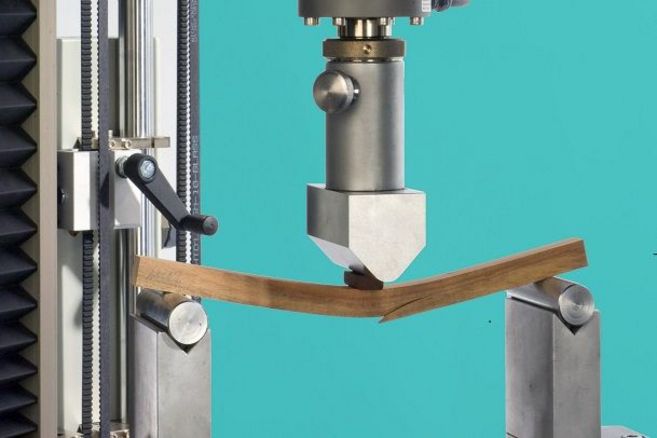Project
Biorefinery 2021
Biorefinery 2021 - new pathways for an integrated biorefinery
Bioethanol plant based on lignocellulosic materials yield a lignin enriched residue, which can be used as potential source for aromatic platform chemicals. Fast pyolysis and corresponding analytical tools were investigated.
Background and Objective
Biorefineries based on production of ethanol yield large amounts of hydrolysis lignin-enriched residues which are normally burnt for energy production. To enhance the added-value we have been working on pyrolyzing the residue in a circulating fluidized bed aimed at obtaining monomeric aromatics.
Approach
Pyrolysis experiments were performed at the Technical University Hamburg Harburg (TUHH), Thünen Institute of Wood Research (HF) was involved in developing and testing appropriate analytical methods.
Our Research Questions
Is it possible to convert hydrolysis residues into aromatic fractions by fast pyrolysis?
Results
Variation of feeding rate resulted in a maximum aromatic yield (12.5 wt%) at 10 kg/h. Reducing gas residence time by 50% (from 0.8 to 0.4 s) resulted in an increase of oil yield by 72 %. Obviously further cracking reactions to non-condensable gases occurr after releasing aromatics from the lignin.
The final report can be downloaded here:
bioraffinerie2021.de/wp-content/uploads/2013/09/BR2021_Abschlussbericht.pdf
Links and Downloads
Funding Body
-
Federal Ministry of Education and Research (BMBF)
(national, öffentlich)



![[Translate to English:] Logo des Bundesministerium für Ernährung und Landwirtschaft](/media/allgemein/logos/BMEL_Logo.svg)